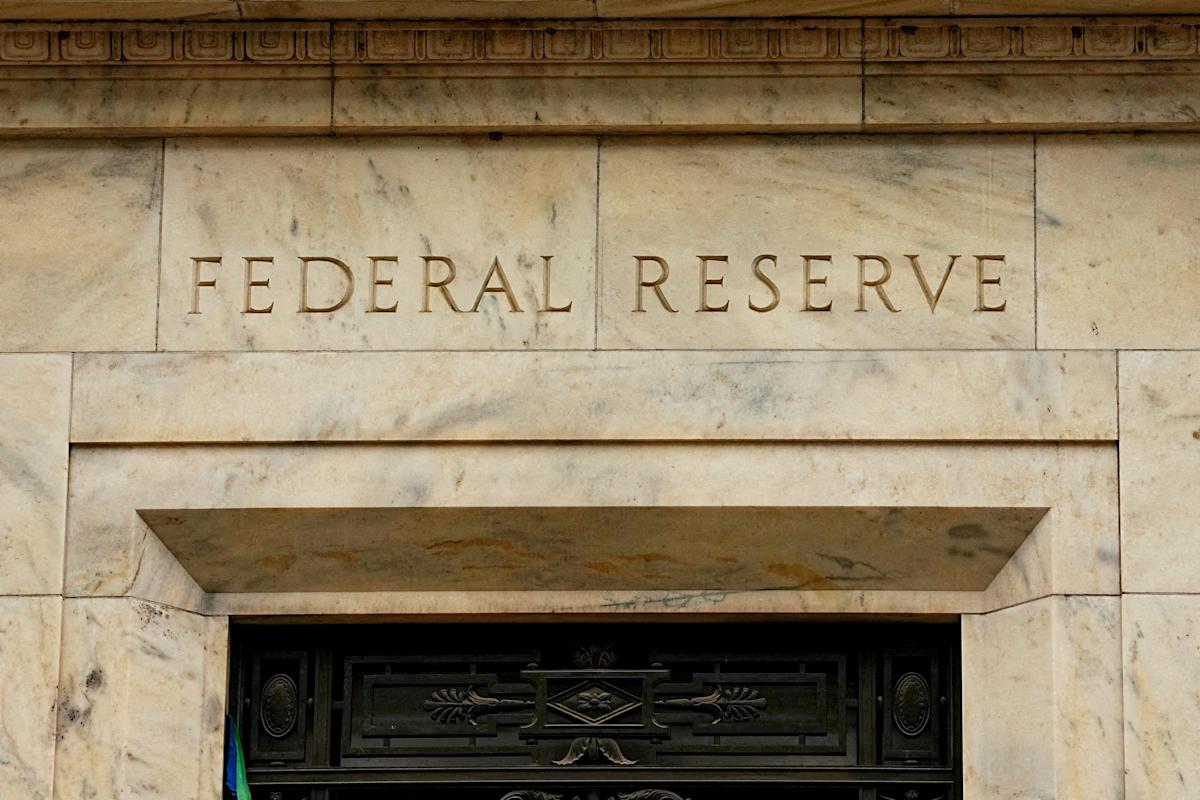‘Strongly differing views’ about cutting rates in December
Fed officials are divided over whether to cut interest rates again in December, according to minutes from the central bank’s last policy meeting.
“In discussing the near-term course of monetary policy, participants expressed strongly differing views about what policy decision would most likely be appropriate at the Committee’s December meeting,” the minutes read.
While “most” members of the Fed thought that lowering rates at the December meeting would be appropriate as the central bank moves rates toward a neutral setting designed to neither spur nor slow growth, “several” did not voice support for another 25 basis point cut.
Read more: How the Fed rate decision affects your bank accounts, loans, credit cards, and investments
Several officials saw cutting rates again in December if the economy plays out as they expect. Still others thought it was appropriate to hold rates steady for the rest of the year.
The minutes give context to what Fed Chair Jerome Powell stressed at his press conference following the last policy meeting: that a rate cut in December wasn’t a “foregone conclusion — in fact, far from it.”
There is disagreement over how restrictive the Fed’s benchmark interest rate is right now. Some officials think rates are still holding back growth after the last rate cut, while others don’t think rates are restrictive, given resilience in the economy and supportive financial conditions.
Dallas Fed president Lorie Logan said in a speech last month that she would have preferred to hold interest rates steady at the last meeting.
“I’d find it difficult to cut rates again in December unless there is clear evidence that inflation will fall faster than expected or that the labor market will cool more rapidly,” she said on Oct. 31.
Cleveland Fed president Beth Hammack echoed similar thoughts.
“I remain concerned about high inflation and believe policy should be leaning against it,” Hammack told the Economic Club of New York on Nov. 6. “After last week’s meeting, I see monetary policy as barely restrictive, if at all, and it’s not obvious to me that monetary policy should do more at this time.”
Read more: How jobs, inflation, and the Fed are all related
According to the minutes, Fed officials generally noted that core inflation, which excludes volatile food and energy prices, remains elevated, as higher goods prices due to tariffs offset falling housing services prices. Several were worried about persistence in core nonhousing services inflation potentially keeping overall inflation above 2% in the near term.



Leave a Comment
Your email address will not be published. Required fields are marked *